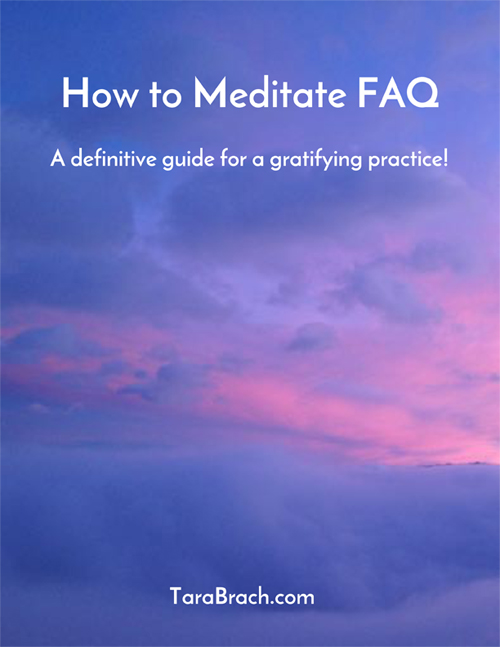I’ve gotten free of that ignorant fist that was pinching and
twisting my secret self.
The universe and the light of the stars come through me.
—Rumi
Our core beliefs are often based on our earliest and most potent fears—we construct our strongest assumptions and conclusions about life from them. This conditioning is in service of survival. Our brains are designed to anticipate the future based on the past; if something bad happened once, it can happen again.
Our brains are also biased to encode most strongly the memories of experiences that are accompanied by feelings of endangerment. This is why even a few failures can instill feelings of helplessness and deficiency, which many later successes may not be able to undo. As the saying goes, “Our memories are Velcro for painful experiences and Teflon for pleasant ones!” We are very inclined toward building our core beliefs out of experiences of hurt and fear, and holding on to them (and the underlying fears) for dear life.
Imagine that you are a child trying to get your mother’s attention: You want her to look at your drawing, to get you a drink, to play a game with you. While she sometimes responds to your needs, at other times she explodes in anger at being disturbed. She yells at you to leave her alone and threatens to spank you.
Years later, you may not remember most of these incidents, but your brain registered her anger and rejection, and your hurt and fear. Over time, these encoded memories may constellate into negative beliefs about yourself and what you can expect from others: “I’m too needy . . . people won’t love me”; “If I bother someone, I’ll get punished”; or “Nobody really wants to spend time with me.”
The greater the degree of early life stress or trauma, the greater the conditioning, and the greater the likelihood of deeply entrenched fear-based beliefs. If you grew up in a war zone, your survival fears would ensure that you automatically distinguish between “us” and “them,” and you would easily classify “them” as bad and dangerous. If you were sexually abused as a child, any intimacy might seem dangerous, a setup for abuse. Alternately, you might be drawn to aggressive and domineering people, because the connection feels so familiar or even “safe.”
If you are an African American male, you might believe that you will be seen as inferior, held back no matter how hard you try, or unfairly targeted as a criminal. If you were poor and went hungry, you might believe that there will never be enough, that you will never be secure, no matter how rich you become.
Although they’re rooted in the past, our core beliefs feel current and true. The thoughts and feelings associated with them filter our experience of what is happening right now, and they prime us to respond in a certain way.
The Buddha taught that if your mind is captured by the fear and misunderstanding of limiting beliefs, “trouble will follow you as the wheel follows the ox that draws the cart.” Traditional translations of Buddhist texts speak of the mind as “impure,” but this can be understood as “distorted,” “colored,” or “tainted.” As the Buddha put it, “With our thoughts we make the world.”
If we pay close attention, we can see how our beliefs about ourselves and the world give rise to the very behaviors and events that confirm them. If you believe that nobody will like you, you’ll behave in ways that broadcast your insecurities. When people pull away, your sense of rejection will confirm your belief. If you believe that others are waiting to attack or criticize you, you’ll probably act defensive or aggressive. Then when people push back, your fears will be justified.
We loosen the grip of these beliefs by training ourselves to recognize the fear-thinking in our minds. In the moments of mindfully noting fear thoughts (you can mentally whisper “fear-thinking”) there is a little space between us and our beliefs. This space gives us the opportunity to discover that the thoughts and underlying beliefs are “real but not true.” They are real- they are appearing, they come with a very real and painful experience of fear or hurt or shame in our bodies. But they are interpretations of reality, mental images and soundbites we have produced that represent the world and entrap us in a confining trance. They are not truth itself.
If, rather than subscribing to beliefs as truth we can connect with the actuality of our present moment experience, we directly weaken this trance. We take refuge in presence by moving our attention from thoughts to the felt sense of our body’s experience. As we rest our attention in our moment to moment experience, our aliveness, intelligence and innate compassion naturally shine through. Each time we move in this way from fear thoughts to our embodied experience, we are increasingly able to see past the confining stories we tell ourselves about our own unworthiness, badness, unlovableness. They are real but not true. With practice, the veil of beliefs that has confined our lives dissolves and our trust in our true nature guides us in living and loving fully.
Adapted from True Refuge (January 2013)
For more information visit: www.tarabrach.com


